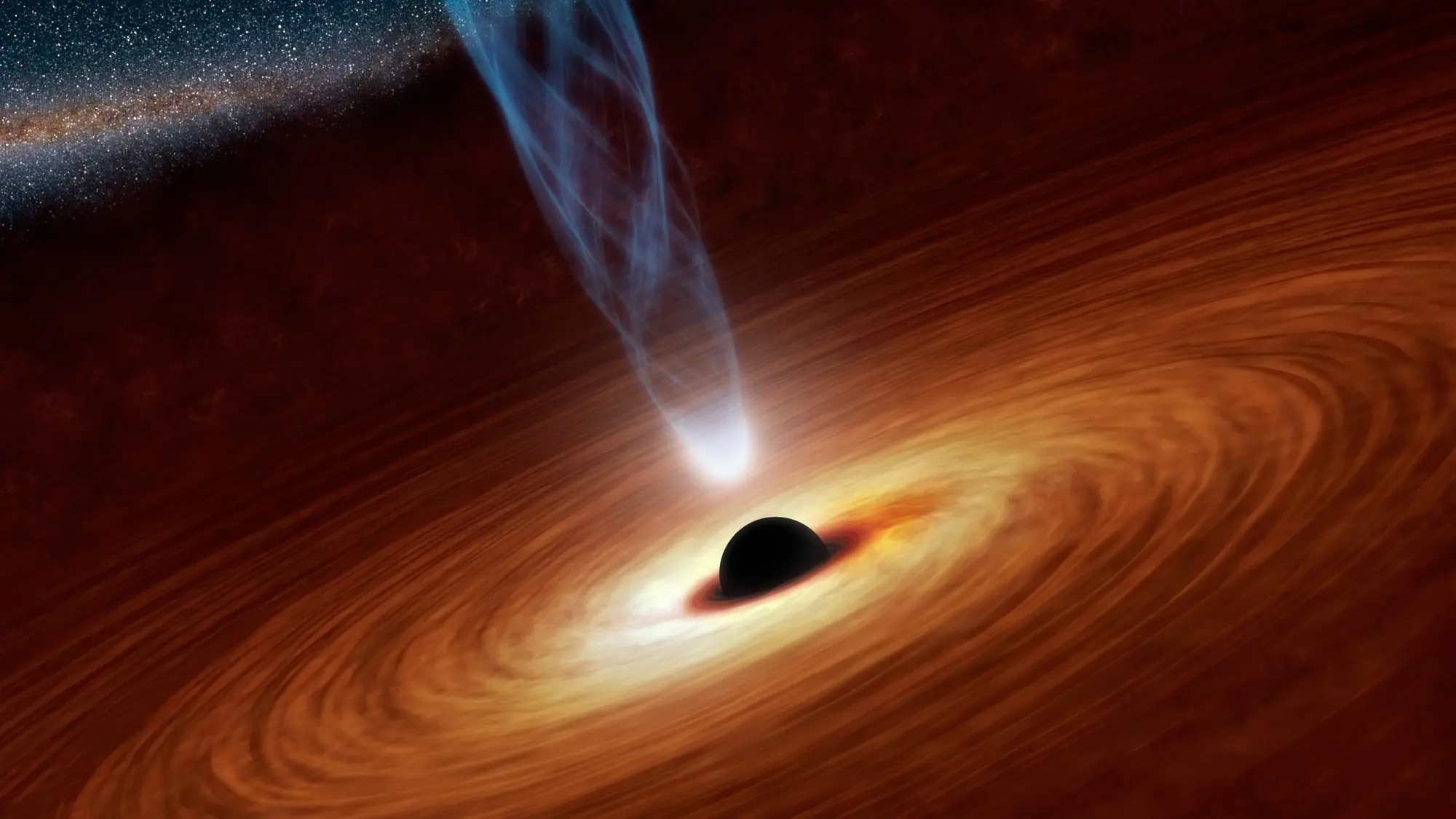HERMES@H2020: NANOSATELLITES CLUSTER FOR MULTI-MESSENGER ASTROPHYSICS

The HERMES Scientific Pathfinder (HSP) has been recently selected by the European Commission in the framework of the recent call Horizon 2020 SPACE-20-SCI.
The Aerospace Science & technology Department of Politecnico di Milano, in consortium with Istituto Nazionale di Astrofisica (INAF) - project coordinator -,Università di Cagliari and several European Universities and SMEs, will design, implement and qualify for flight three nanosatellites, each equipped with a high technology X rays detector for the Gamma Ray Burst monitoring (GRBs).
The development of the next generation miniaturized scientific instrument to detect high-energy cosmic emissions - and its data processing - is led by Dr. Claudio Labanti and Dr. Marco Feroci from INAF.
Prof.ssa Michèle Lavagna from Politecnico di Milano and her team are in charge of the development and implementation of the high performance flight platforms, the scientific instrument integration on board, and the whole space segment testing for launch and flight acceptance.
HERMES-SP has its precursor in HERMES Technology Pathfinder (HTP), selected by the Italian Ministry of Education, University and Research (MIUR) in the framework of Progetti Premiali. HERMES Technology Pathfinder (HTP) benefits of a significant financial support and technical involvement of the Italian Space Agency, ASI.
The three HERMES - SP nanosatellites will contribute to the future large constellation (HERMES-FC) to monitor the whole celestial sphere for the cosmic explosions timely detection: the first nucleus of three nanosatellites to start-up the space constellation is already under development by the ASI-INAF-Politecnico di Milano INdAM consortium, through the HERMES-TP project.
HERMES focuses on the Gamma Rays Bursts (GRBs) detection and in few years, it will become the tool to localize those enormous cosmic explosions with degrees up to some arcminutes of precision, providing a remarkable contribution to the so-called Multi-Messenger Astrophysics.
This new frontier was born in August 2017 with the detection of the Gravitational Wave GW170817 and its electromagnetic counterpart thanks to the combined observations of Ligo/Virgo and the timely and accurate localisation offered by the space satellites working in X band.
HERMES fits perfectly in this framework: a revolutionary, low cost project: the need to continuously monitor the whole celestial sphere, timely detect and precisely localize unpredictable cosmic events at most, and rapidly share data with the scientific community finds it natural answer in a fractionated satellites architecture.
The detection probability increase is obtained by spatially distributing numerous sensors in space, serviced by small platforms, which offer fast and flexible production schemes along the whole mission lifetime.
The straightforward solution is the constellation of nanosatellites, each servicing a single scientific payload: the constellation coordination provides each sky zone monitoring to limit the unique and unrepeatable astrophysics events losses.
“HERMES offers a low cost fast-track to support already flying missions focused on GRB detection – as explained by Prof. Luciano Burderi, from Università di Cagliari and Dr. Fabrizio Fiore from INAF -, Principal Investigators for HERMES. “This very ambitious goal will benefit of the disruptive technologies, low cost but with substantial impact whenever adopted”.
As Prof. Michèle Lavagna - responsible of HERMES-SP for Politecnico di Milano - explains “ the scientific requirements imposed by HERMES include a precise time and position measure, complex data timely management, space and ground network high reliability and robustness, long operational lifetime for the whole sky monitoring system: those represent an interesting technological challenge for small space buses, to bridge them towards higher performance and drastically push the state-of the art technology for nanosatellites towards more reliable solutions. HERMES is challenging from the programmatic perspective as well: the production, orbit insertion, constellation satellites replacement or increase adoptable strategies are integral aspects of the project, PoliMi and the consortium will face”.
HERMES is a relevant opportunity for PoliMi to work close to the high-energy scientific community to a high profile project, sharing its skills and contributing to the realization of a space infrastructure, which represents the intersection of the technological frontier for many engineering domains and a remarkable break-through for the future of the Observation of Universe.

